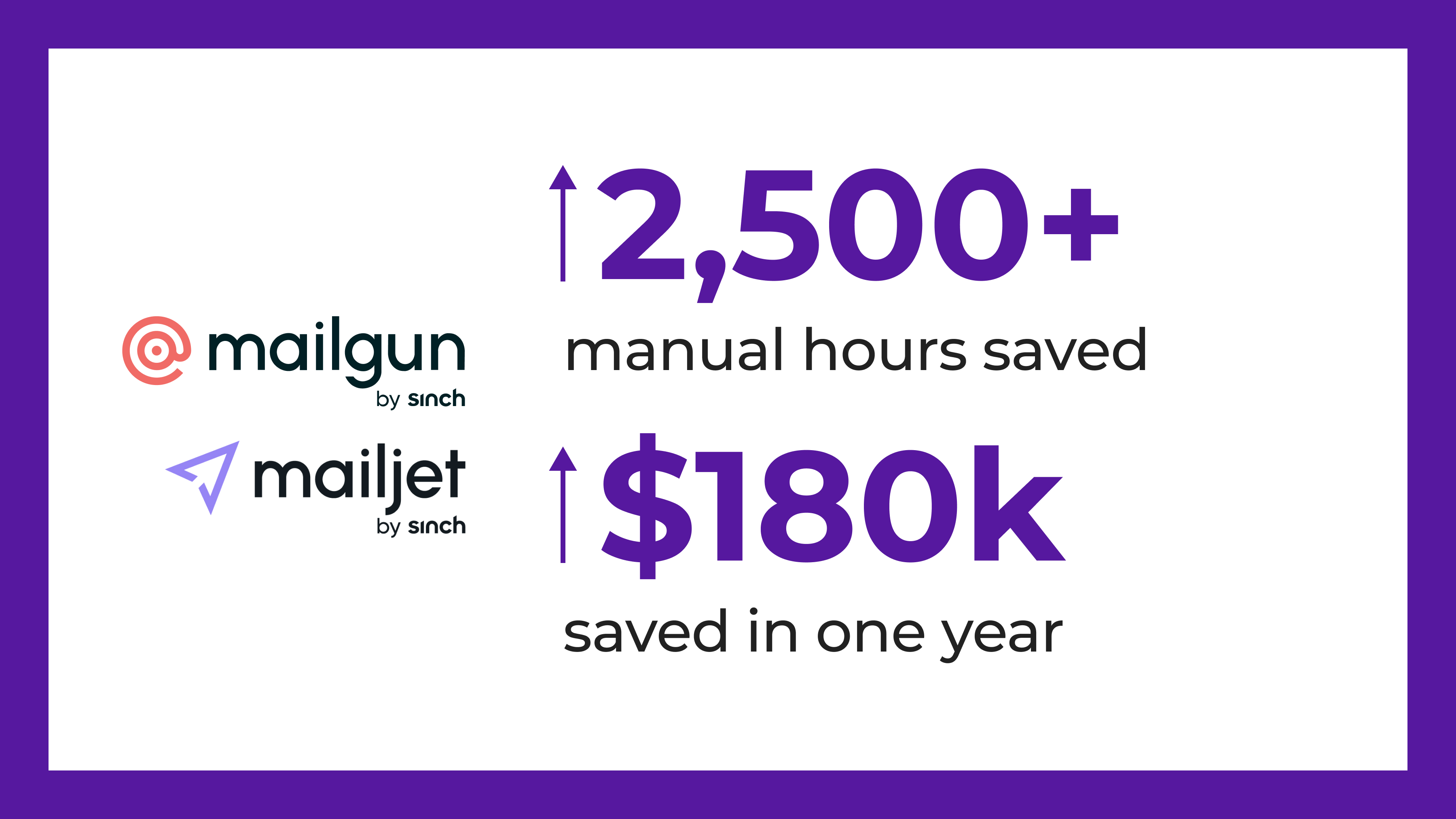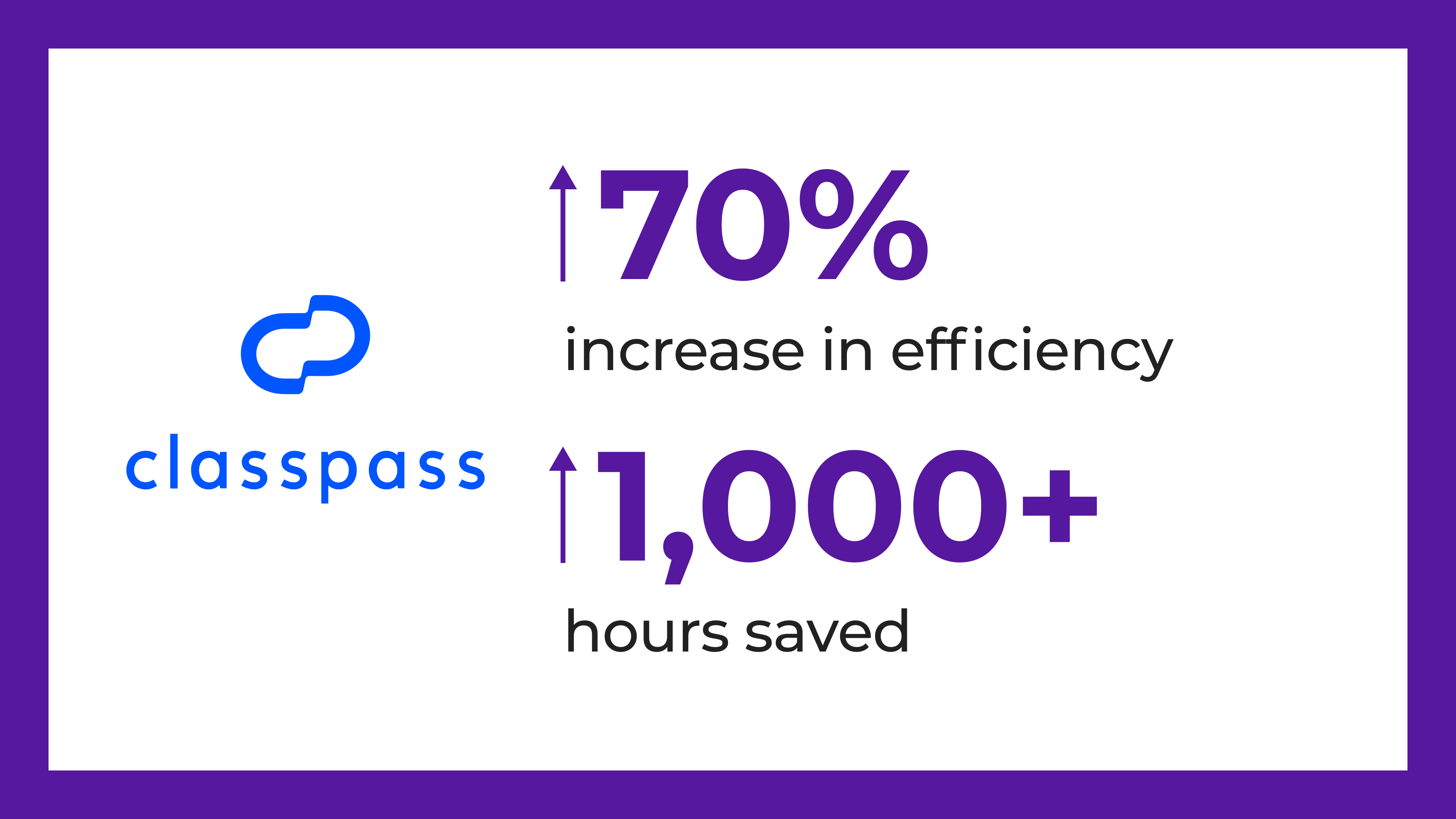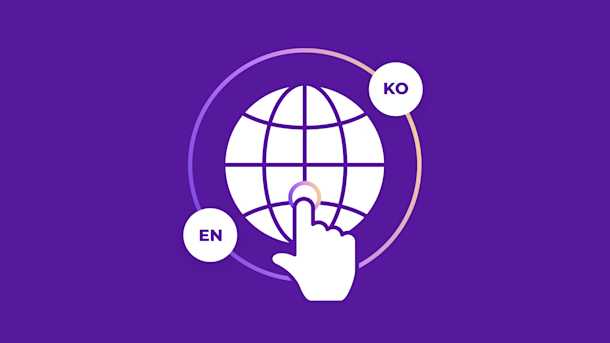Access to a global economy has allowed you to scale your company’s growth much more significantly than before—but there are still challenges. For example, how can you provide a local experience on a global scale?
Glocalization helps companies grow globally while developing authentic connections with local audiences. You can successfully glocalize your business, no matter your audience—whether you want to target European markets in Germany, American markets in New York, or Asian markets in China and India.
In this article, we’ll discover how to implement glocalization and learn from real-life case studies to help you succeed as a localization manager or company leader.
What is glocalization?
Glocalization is the process of creating a global product and brand message and then adapting it to each of your target markets.
For example, a company would first globalize its organization to expand it internationally. This involves setting up a globalized website, an expansion plan, a content management system, and logistics to serve the world market. Then, the company would add in localization by adapting its product and messaging to each local market it wants to target.
Understanding glocalization in today’s market
Customers want personalization. While globalization has opened new doors for companies to scale, local customers haven’t changed. Every consumer wants a solution for their problems, which requires brands to know those needs and pain points intimately. But that won’t work if brands talk to non-English speaking customers in the same way they would connect with an American or British customer.
Brands can localize their products and materials, but scaling is only possible if they follow a complete glocalization strategy. Today’s market moves fast, and it’s challenging to compete with distractions like addictive social media algorithms and marketing. But by transforming a global product into a local, familiar, and highly relevant solution, you can more easily scale your business, one local culture and audience at a time.
Balancing global strategy and local sensitivity
Glocalization considers your “big picture” global business strategy, but it also involves incorporating localization efforts to connect with your audience.
Focusing on transforming your global product and content for a local experience allows you to incorporate the linguistic nuances, local context, and cultural relevance that each audience expects from a local brand.
Glocalization starts with transforming something that is seemingly unscalable, like a local version of a product for hundreds of different cultures and audiences, into an efficient and streamlined strategy. But you can’t do that on your own. You need tools and services that will help your team globalize your local strategies.
You can learn how to do this by studying real-life examples of how other companies turned manual localization processes into a streamlined glocalization approach.
3 examples of glocalization and its benefits
Smartling is an all-in-one glocalization solution that provides dynamic workflows, AI-powered translation, and expert human services to produce localized translations at scale. Our team has first-hand experience in multiple successful glocalization cases.
Below are three examples of how companies like yours can implement a successful glocalization strategy:
1. Mailgun and Mailjet by Sinch
 Sinch’s home page (Source)
Sinch’s home page (Source)
Sinch, a communications platform that helps local businesses provide unified and personalized customer experiences, needed a way to efficiently scale localization for its subsidiaries, Mailgun and Mailjet.
These email products already included localization, but their manual process was costly, prone to errors, and inefficient. Sinch wanted to scale localization for its products and grow into the global market, but it needed a glocalization solution to do so.
The Mailjet and Mailgun teams adopted Smartling and integrated our system with Contentful, Figma, and Zendesk. This new system eliminated most manual tasks—especially with our translation management system, which provided the teams with an optimized workflow.
 The results of Mailgun and Mailjet’s partnership with Smartling (Source)
The results of Mailgun and Mailjet’s partnership with Smartling (Source)
With Smartling, both teams streamlined their localization process, boosted their website visits, and saved $180k in costs and over 2,500 manual labor hours in just one year. Sinch improved its time to market, translation quality, and conversion rates and gained an impressive return on investment through glocalization.
2. ClassPass
 ClassPass’s home page (Source)
ClassPass’s home page (Source)
ClassPass, a membership app for fitness and wellness, gives members access to gyms, studios, salons, and spas worldwide. The app provides experiences in over ten languages for 30 different countries. The localization team had already produced great content for its marketing strategy, product development, legal, and customer experience needs. However, ClassPass needed a way to minimize the time it spent executing its strategy.
To achieve this, ClassPass chose Smartling to glocalize its global strategy.
After partnering with us, ClassPass was able to optimize its localization process through integrations with Figma, Zendesk, GitHub, Contentful, and HubSpot. This change reduced its nine-step translation process by four steps and saved its team two and a half hours per piece of content.
 The results of ClassPass’s partnership with Smartling (Source)
The results of ClassPass’s partnership with Smartling (Source)
ClassPass leveraged Smartling’s computer-assisted translation (CAT) tool to provide visual context, which resulted in more effectively aligned web page and content transformations. Team members didn’t have to localize, translate, and juggle Excel lists manually. Instead, they could leverage our glocalization stack and focus more on user experiences.
ClassPass’s team saved over 1,000 hours and increased its efficiency by 70% as a result.
3. Yext
 Yext’s home page (Source)
Yext’s home page (Source)
Yext helps businesses deliver answers to customers’ questions across their entire search ecosystem, which includes websites, search engines, maps, and more.
The company wanted to enter new international markets and localize its marketing and product materials at scale—but its manual process did everything but scale. Yext’s team needed to adopt a more efficient strategy that would allow it to scale its localization process and more effectively target multilingual audiences.
Yext could only enter new markets at scale with a glocalization approach. Because of this, Yext’s team adopted Smartling’s tech stack and used our translation management system and language services to scale their processes.
 The results of Yext’s glocalization implementation (Source)
The results of Yext’s glocalization implementation (Source)
Yext launched its product in Japan and saw immediate improvements in its local market launch. The company connected with its Japanese audience and benefited from an 87% decrease in edit rate and a 25% decrease in cost per word.
Implementing glocalization in your business
If you want to adopt a glocalization strategy, consider the following steps:
- Adopt a translation tool: Leverage machine translation (MT) to translate billions of words in seconds with high accuracy.
- Choose a management tool: Employ translation and localization workflow tools to more effectively collaborate and deploy materials.
- Partner with a glocalization team: Use professional services to manage and translate your materials for localization at scale.
Global companies often try to immediately improve their glocalization strategy but then get stuck dealing with multiple solutions and workflows that don’t talk to each other. Instead, the best approach is to find a solution that can do it all in one place.
Smartling’s approach to glocalization
 Smartling’s glocalization solutions and services help companies scale at a local level. (Source)
Smartling’s glocalization solutions and services help companies scale at a local level. (Source)
Smartling is the all-in-one glocalization solution you need. Besides AI-powered tools, we provide professional translation services. Our expert linguists are native-speaking local experts, so they can adapt your content to meet complex and changing cultural nuances. As a result, you can connect with local communities and increase sales like a local brand would.
Plus, by using Smartling’s translation management system, your team can also create custom workflows for maximum scalability. All of the above allow you to execute your brand’s glocalization strategy efficiently. You’ll be able to focus more on driving and monitoring your business’s growth in new target markets—whether that’s in France, China, or any other country around the world.
Book a meeting today to discover how Smartling can help you expand into new markets and multiply your growth with glocalization.






